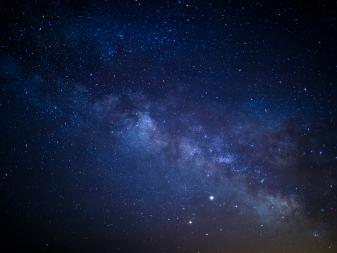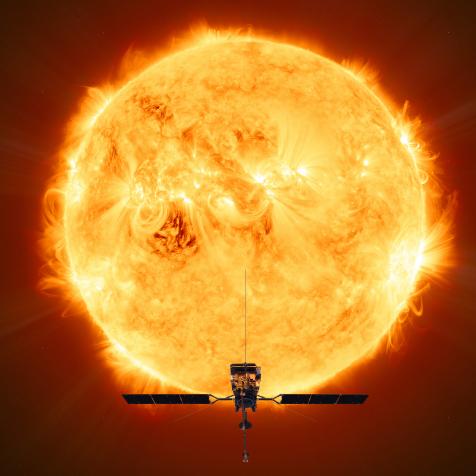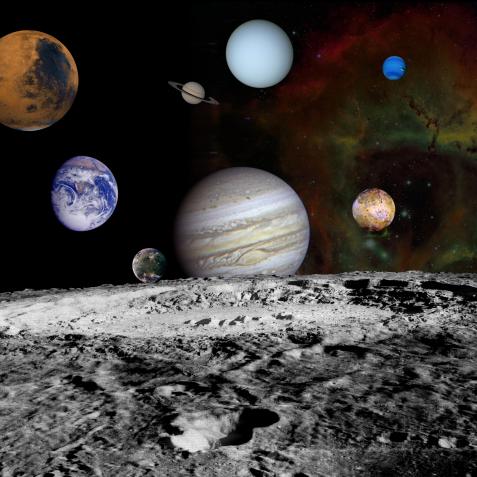
NASA/SDO
This Little Star Made a Blast Bigger Than Our Sun Ever Could

Small stars can pack a surprisingly powerful punch. For an example look no further than the nearest neighbor to our solar system, Proxima Centauri. This little red dwarf just sent off a blast a hundred times more powerful than anything that our own sun ever has.
You got to hand it to the little guys. The stars you see with the naked eye in the night sky are all giant blue or red stars. But our view of the heavens is biased. Most of the stars in our galaxy are far smaller than the Sun, as little as 1/10 its mass. Known as red dwarfs, they give off only a feeble amount of visible light. Those stars are not bright enough to be seen by the human eye.
But to give you some perspective, consider this. The furthest star that we can see with the naked eyes is a few thousand light years away. Within that bubble there are a few thousand visible stars that make up the beauty of the night sky. But within that same bubble are about a million more red dwarf stars too small to be seen.

NASA, ESA and D. Player (STScI)
Violent outbursts of seething gas from young red dwarf stars may make conditions uninhabitable on fledgling planets. In this artist's rendering, an active, young red dwarf (right) is stripping the atmosphere from an orbiting planet (left).
That includes our nearest neighbor, Proxima Centauri, a red dwarf just under four light years away from us. Its about as small as small stars can get, around 12% the mass of our Sun. We also know that Proxima Centauri hosts a planet, called Proxima b, making that the nearest known exoplanet to us. Proxima b is in what's called the habitable zone of Proxima Centauri, meaning that it's possible for liquid water to exist on the surface (if conditions are right) and for life to potentially arise (if conditions are really really right).
And if there is life on that little exoplanet, then it's unfortunately having a really tough time of it. Recently astronomers witnessed Proxima Centauri release a massive stellar flare. That flare alone was a hundred times brighter than any flare released by the Sun. These flares release tremendous amounts of deadly radiation and high energy particles that are perfectly capable of wreaking havoc on delicate atmospheres and even more delicate biospheres.

ESO/M. KORNMESSER/NASA
Artist’s impression of the exoplanet Proxima Centauri b.
All stars host strong magnetic fields. Those magnetic fields come from the rotation of the star itself, and from the constant up-and-down churning, called convection, of the plasma inside the star. After enough mixing, the strong magnetic fields can twist up on themselves, eventually snapping like an overstretched rubbed band and releasing a flare. All stars do this, even the Sun. But red dwarf stars do it with gusto.
Red dwarf stars like Proxima Centauri are temperamental because of their size. Unlike larger stars, where the convection is confined to the outer layers of the stars, red dwarfs churn their plasma all the way from the nuclear core to the edge of the star itself. Combined with fast rotation, this allows red dwarfs to crank up the volume of their magnetic fields to intense levels. With more churning and more magnetic energy, they can light up like nobody’s business.
Let's just be glad we're four light years away from it.
Dive Deeper into the Cosmos
Journey Through the Cosmos in an All-New Season of How the Universe Works
The new season premieres March 24 on Science Channel and streams on discovery+.




















